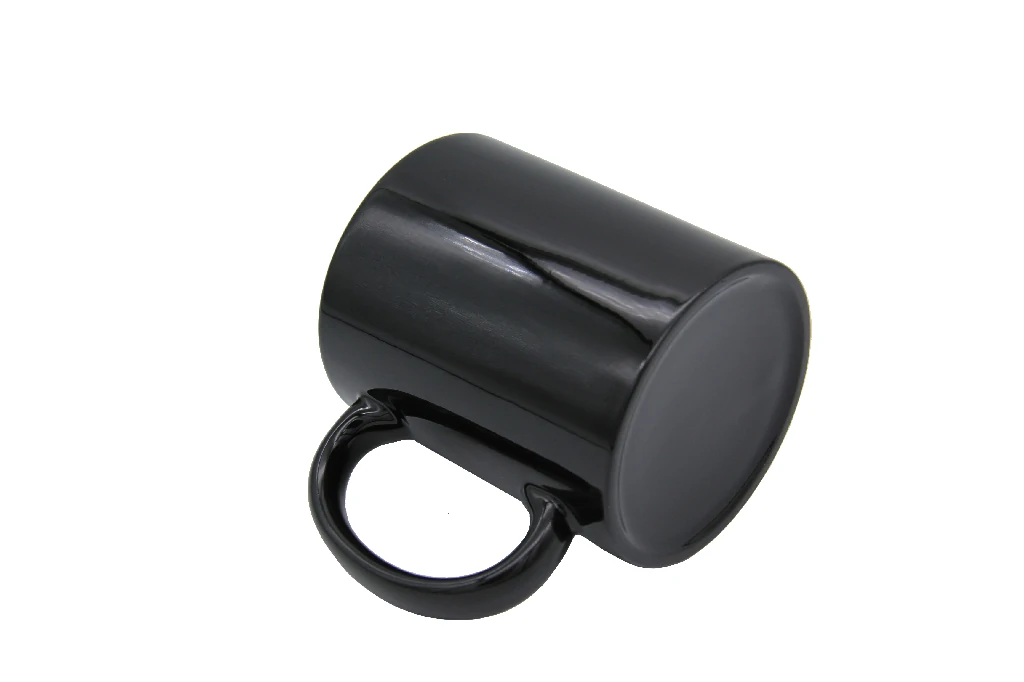What is the history behind ceramic coffee mugs?
The history of ceramic coffee mugs is quite fascinating and reflects broader trends in ceramics, coffee culture, and everyday life.
Early Developments
- Origins of Ceramics: The use of ceramics dates back thousands of years, with early pottery appearing around 29,000 BC. These early vessels were primarily used for storage and cooking, not specifically for beverages.
- Coffee Introduction: Coffee itself originated in Ethiopia and became popular in the Arab world in the 15th century. By the 17th century, coffee had made its way to Europe, where it became a staple beverage.
18th Century: The Rise of Porcelain
- Porcelain Innovation: The development of porcelain in China during the Tang Dynasty (618-907 AD) significantly influenced ceramic art. European potters began to replicate this fine pottery in the 18th century, with notable centers in Germany and England.
- Mugs as Coffee Vessels: As coffee gained popularity, mugs began to be specifically designed for this beverage. They were often larger and sturdier than teacups, catering to the robust nature of coffee.
19th Century: Industrialization
- Mass Production: The Industrial Revolution brought about the mass production of ceramics. Factories could produce promotional ceramic coffee mugs in large quantities, making them more accessible to the general public.
- Design and Decoration: This period saw a variety of styles and decorations, from simple glazes to intricate hand-painted designs. Mugs often featured motifs related to coffee culture, such as scenes of coffee houses.
20th Century: Personalization and Marketing
- Cultural Shifts: The mid-20th century saw a shift in how coffee was consumed, with drip coffee makers becoming popular. Mugs adapted to this trend, often becoming larger to accommodate different serving styles.
- Customization: The latter part of the century saw the rise of personalized mugs, often used for promotions or personal gifts, reflecting individual tastes and interests.
21st Century: Modern Trends
- Eco-Friendly Materials: With growing environmental consciousness, many manufacturers began producing ceramic mugs using sustainable practices.
- Artisan Craft: There’s been a resurgence in artisanal ceramics, with independent artists creating unique, handcrafted mugs that emphasize personal expression and craftsmanship.
Conclusion
Today, ceramic coffee mugs are a staple in homes and cafes worldwide, reflecting a blend of tradition, culture, and personal style. Their evolution from simple vessels to decorative and functional art pieces showcases the enduring relationship between people and their coffee.

